
Sabbatic Witchcraft (Forthcoming)
The figure of the witch in medieval Europe was strongly defined by her relation to the Sabbat: the phantasmagoric nocturnal rite where the living trafficked with the dead.
Onomasticon of Occult Herbs (Forthcoming)
Onomasticon of Occult Herbs is a cross-cultural lexicon of sacred plant names, as they emerged from the religions and magical traditions of the world.

The Spirit of the Downs (Forthcoming)
The chalk downs of Sussex possess a fascinating cultural tapestry of folk belief, spell-craft, charms, and lore.
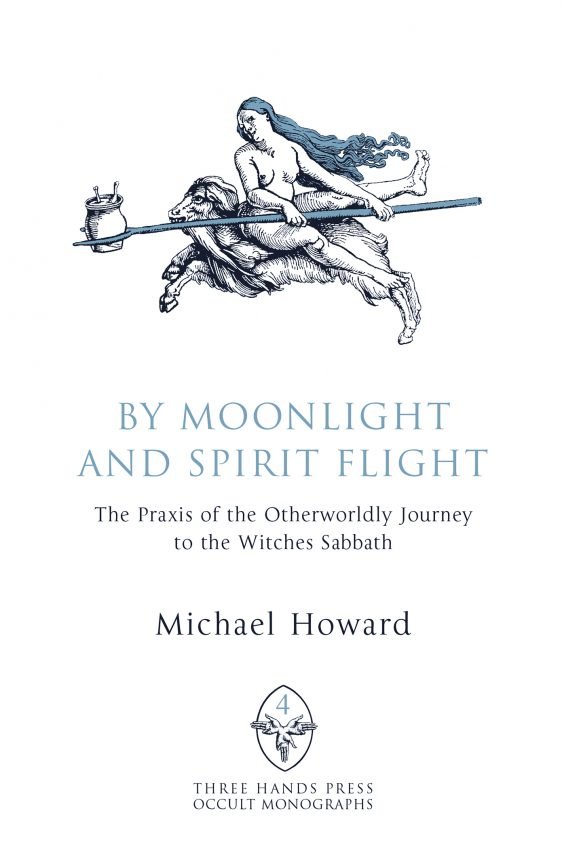
By Moonlight and Spirit Flight
As has been established by historians such as Dr. Carlo Ginzburg and Éva Pócs, the topological elements of the medieval Witches’ Sabbat –the ecstatic nocturnalia of the lamiae — carry relics of the ancient spirit-cults and localized folk-beliefs of Europe.

Children of Cain
The mid-twentieth century witnessed the birth of popular occultism in the West, including an interest in witchcraft. At the forefront of popular witchcraft was Wicca, a recension of ceremonial magic and nature worship advanced by Gerald Gardner and Alex Sanders, now widely regarded as a religion.

East Anglian Witches and Wizards
In 1643 several men and women appeared in court at Chelmsford, Essex, charged with practicing the curious combination of ‘conjuration, magic and lechery’. The chief witness was a servant woman, Martha Hurrell, who claimed that she and a group of other people met regularly in various country houses to practice magic

Scottish Witches and Warlocks
n the village of at Cullen in Forfarshire, an arrest warrant was served in January 1657 for one Margaret Philp, accused of practicing witchcraft. Her servant, Isobel Imblaugh, testified she had seen her mistress have dealings with a spirit taking the form of a talking hare.

West Country Witches
In 1930 a correspondent writing to the Western Morning Post newspaper confidently asserted 'We live in an age when those old twilight beliefs are disappearing'. The beliefs in question were various aspects of popular superstition and the supernatural once widely accepted by people in the West Country.

Welsh Witches and Wizards
The widespread belief in witches and wizards in Wales reflects a land steeped in legend and myth since ancient times. The witch’s power to harm people, livestock, and crops was greatly feared; for this reason country people consulted with so-called ‘cunning men’ and ‘wise women’ who had the power to negate their spells with counter-magic.

Anathema Maranatha
Far from being a religion defined by rituals of peace, and love and salvation, Christianity has a dark side which historically embraced the imprecatory arts—rituals of cursing and malediction.
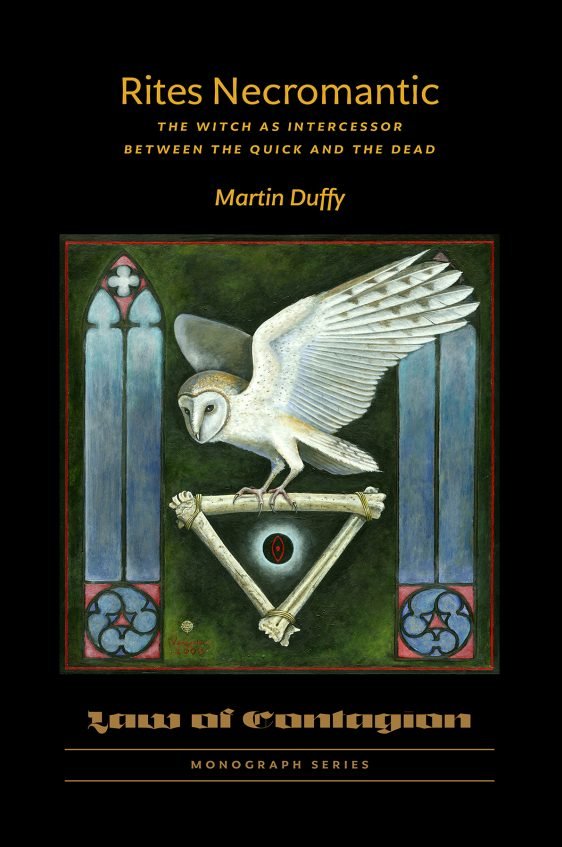
Rites Necromantic
Necromancy, the magical art of calling the dead, emerges from many ancient traditions of sorcery. A vile and repugnant magic to the civilised, the dead have been invoked to gain magical power, and to wrest divinatory knowledge from their shadowy realm.

Effigy
From ancient times to the present, humanity has wielded a plenitude of formulae for the making and manipulation of magical images. In esoteric traditions where image magic is particularly deep rooted, the most prevalent motif is the poppet, that doll through whose agency the witch gains influence over the enfigured victim.
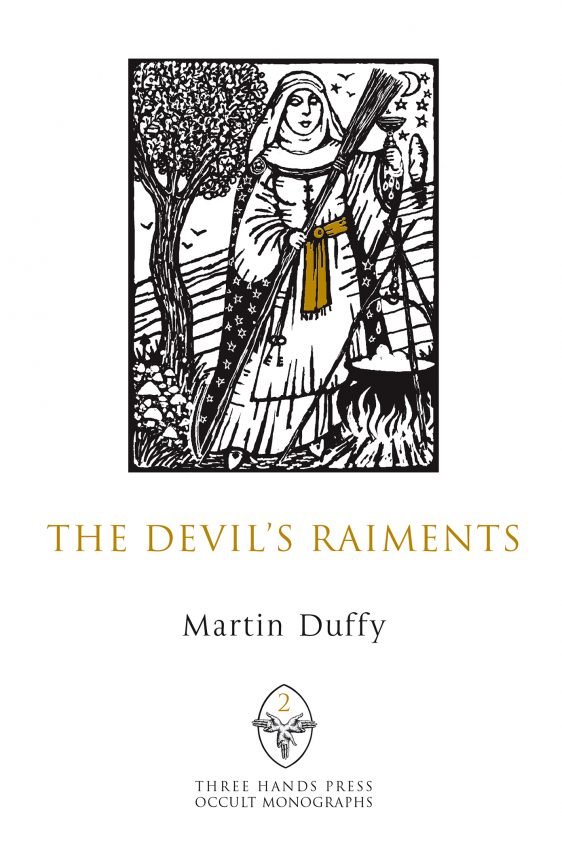
The Devil’s Raiments
In occult literature, the Vestments of the Art Magical are poorly understood, principally because few save the body of initiates behold them. The robe, mask, hood, mantle, garter, and veil, constituting the exterior arrayments of the witch, trace their pedigree to a number of magical sources, each constituting a mystery of form and function.

Occlith Labyrinthus Archidoxae Volume 1: Codex Homunculi
Taking the artificially-created anthropoid as its theme, Codex Homunculi gathers together some of the most obscure and ancient texts hermeticism on what is arguably one of the most taboo and heretical operations of the Alchemical Art.

Occlith Labyrinthus Archidoxae Volume 0: Omniform
Containing essential texts of the Paracelsian School of Alchemy, the whole serves as an animated sourcebook of essential Hermetic philosophy and Natural Magic, vivified through the letterpress-inspired type design and Uccello’s ink and brush drawings.
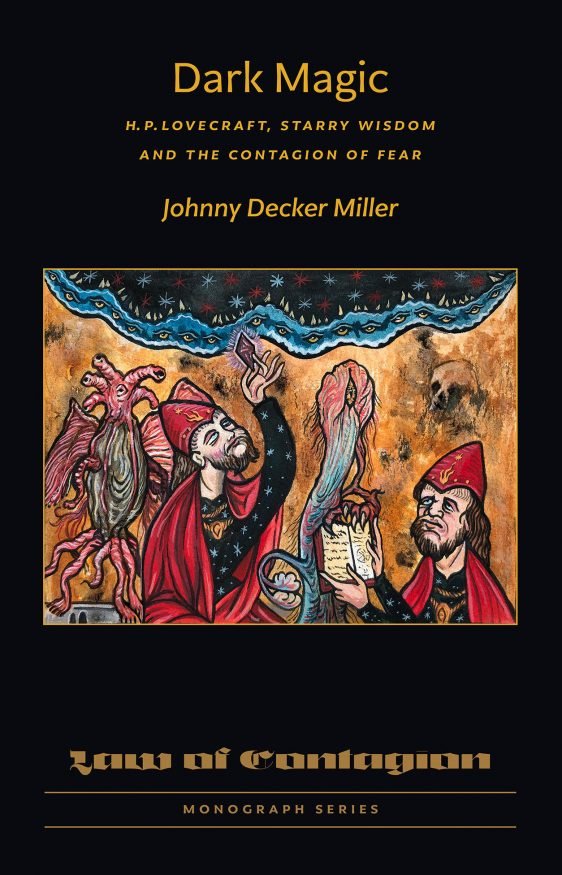
Dark Magic
The writings of the celebrated American author of weird fiction H. P. Lovecraft are known for their groundbreaking innovation, particularly their treatment of ‘the other’ or otherness, incepting a palpable state of alienation in the reader.

Tartaros
The magical doctrines of the ancient Orphics and Pythagoreans are poorly understood by modern scholars, in part because they were secretive in their own time. Well-known for speaking in riddles and complex ciphers, its adepts were bound by strict taboo and silence, the breaking of which was punishable by death.
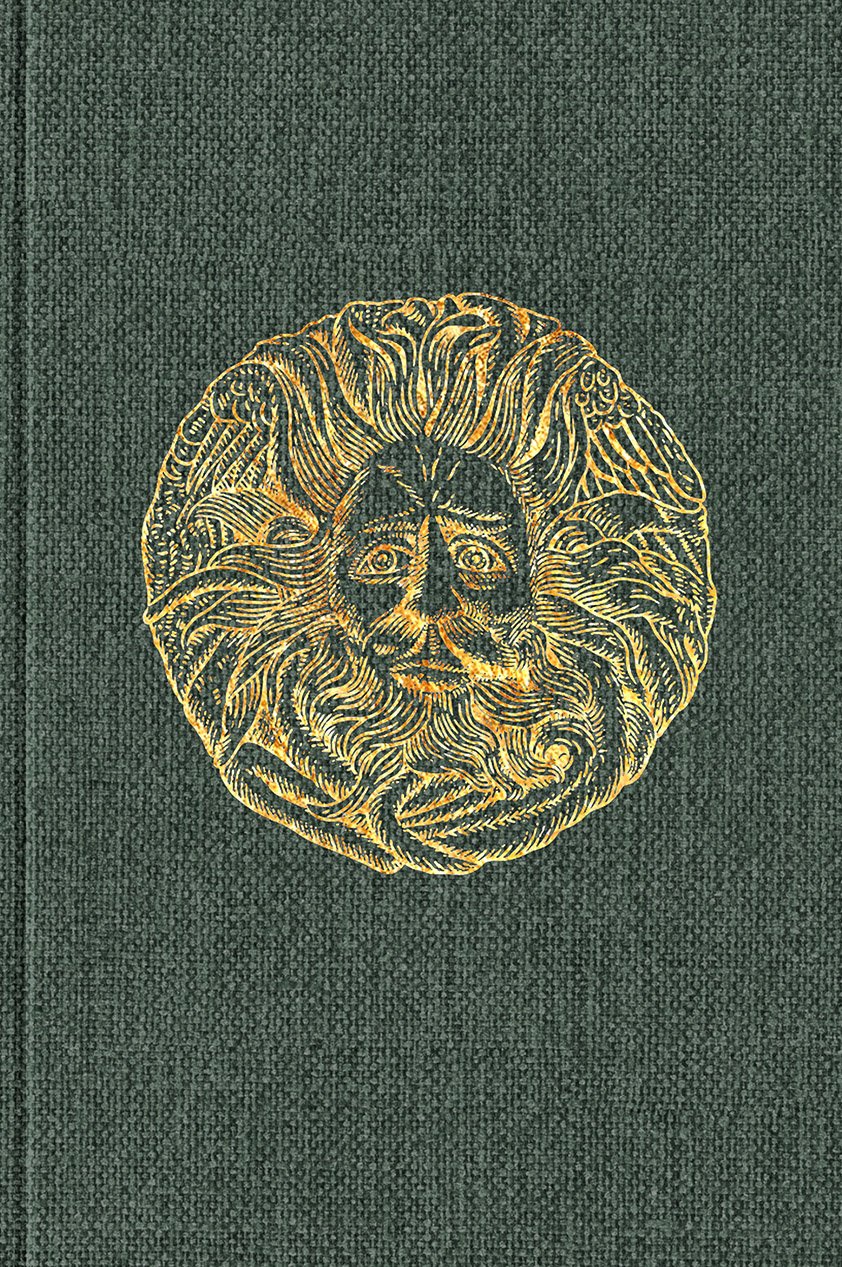
Wisht Waters
The numinous hangs heavy around bodies of water – places of liminality and otherworldly congress, haunted by eldritch presences and rituals of magic and custom.

Salomonic Magical Arts
Amid the great genres of European magical books are the Scandinavian Svartkonstböcker or ‘Books of Black Arts’, the privately-kept practical manuals of magic used by rural charmers and practitioners of folk magic.

Trutmezzer
Trutmezzer traces the function of the magical blade as a hidden key of the spirit world, and contemplates its array of powers, which extend far beyond its better-known functions of cutting and division.
